Infinity Lakes (Kashmir Great Lakes, Jammu and Kashmir)
Many a times you walk for days in the Himalayas to reach one beautiful lake where you would like to spend the rest of your lives, happy and content. During the Kashmir Great Lakes trek you come across more than seven such lakes, one almost every day. This is just one factor which differentiates the KGL trek from any other trek in the Himalayas. Besides these lakes, be prepared to forget all your worries as you walk through meadows that stretch beyond infinity. The greenery is out of the world, and so are the countless streams that you come across during the Trek. Additionally, you will be easily mesmerized by campsites that are straight out of heaven on nights filled with stars.
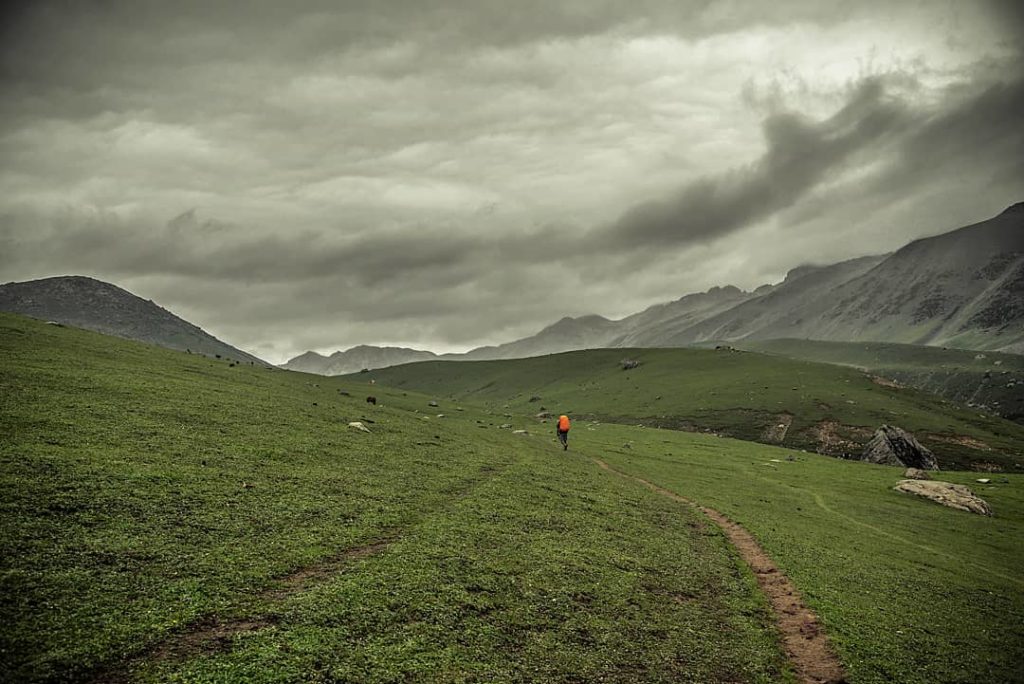
Why you should Visit: When you are done with a lot of the beginner’s treks in the Himalayas, the Kashmir Great Lakes trek is an ideal entry point to what some people would call an “intermediate” trek. While its called so, it is relatively easy, although you may have long tiring walks on certain days. Overall, after doing more than a dozen himalayam treks, we can say for sure that it is one of the prettiest routes in the Indian Himalayas. Some of the campsites like Gadsar and Kishensar are out of the world. If you see dreamy photographs of Iceland, Norway, etc, this trek will show you that the landscapes through the course of the Kashmir Great lakes are not any bit less, but maybe a lot more than anything that you have seen before.
Best time to visit: The trek is open only for a few months in the year: June to October, and we were very happy with what we experienced in September. The meadows are green with a definite chance of rain. While we had heavy rain forecasts, it did not rain for a single day, and the skies were always clear, especially during the nights. We were definitely lucky as rainfall can make some of the patches in this trek really slippery. On another note, if you want to see snow on the magnificent mountains you might want to visit as soon as the trek opens in June.
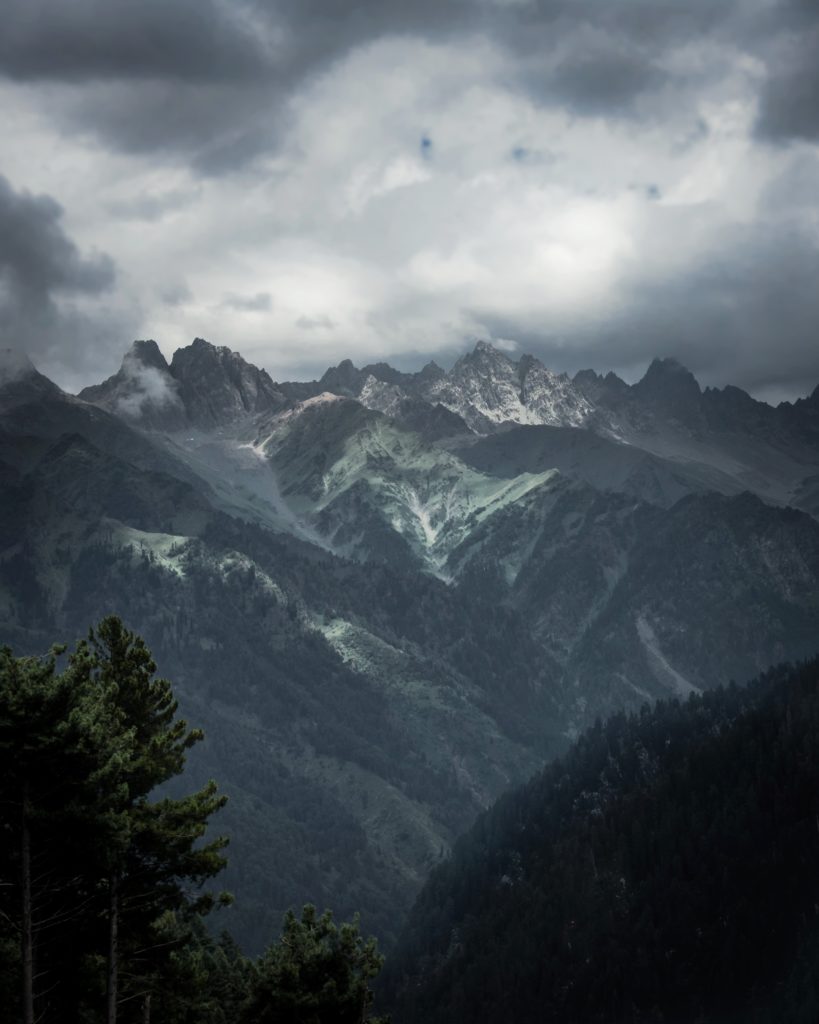
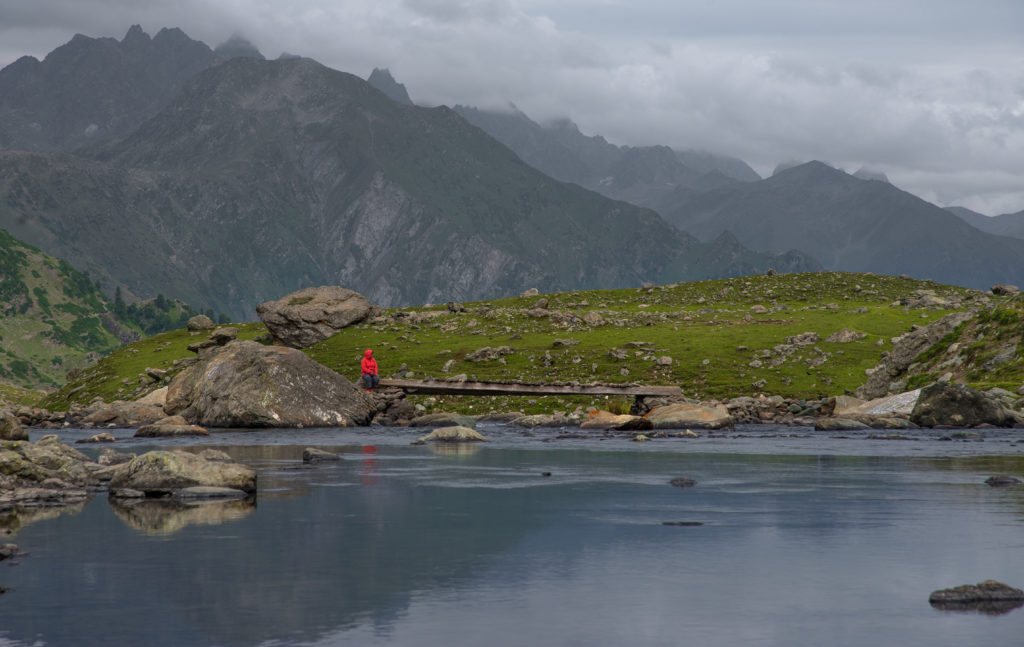
Accessible From: Now this is the fun part. You can start the trek from either of its ends: Naranag or Sonmarg. While most people and agencies prefer to start from Sonmarg, the route from Naranag is relatively easier. From Sonmarg side, the cumulative ascend is estimated at around 27 kms, while from Naranag, it is only about 15 kms. The difference might seem small now, but during some of the long days, this makes your life a lot easier. However, a warning: if you start from Naranag, the first day is going to be one killer climb, after which the trek eases out quite a bit. Either ways, the easiest way to reach the basecamp is via Srinagar. Flights ply everyday from major cities to Srinagar. In case you start via Naranag, keep a day in the small town for some beautiful scenery in a rural setting.
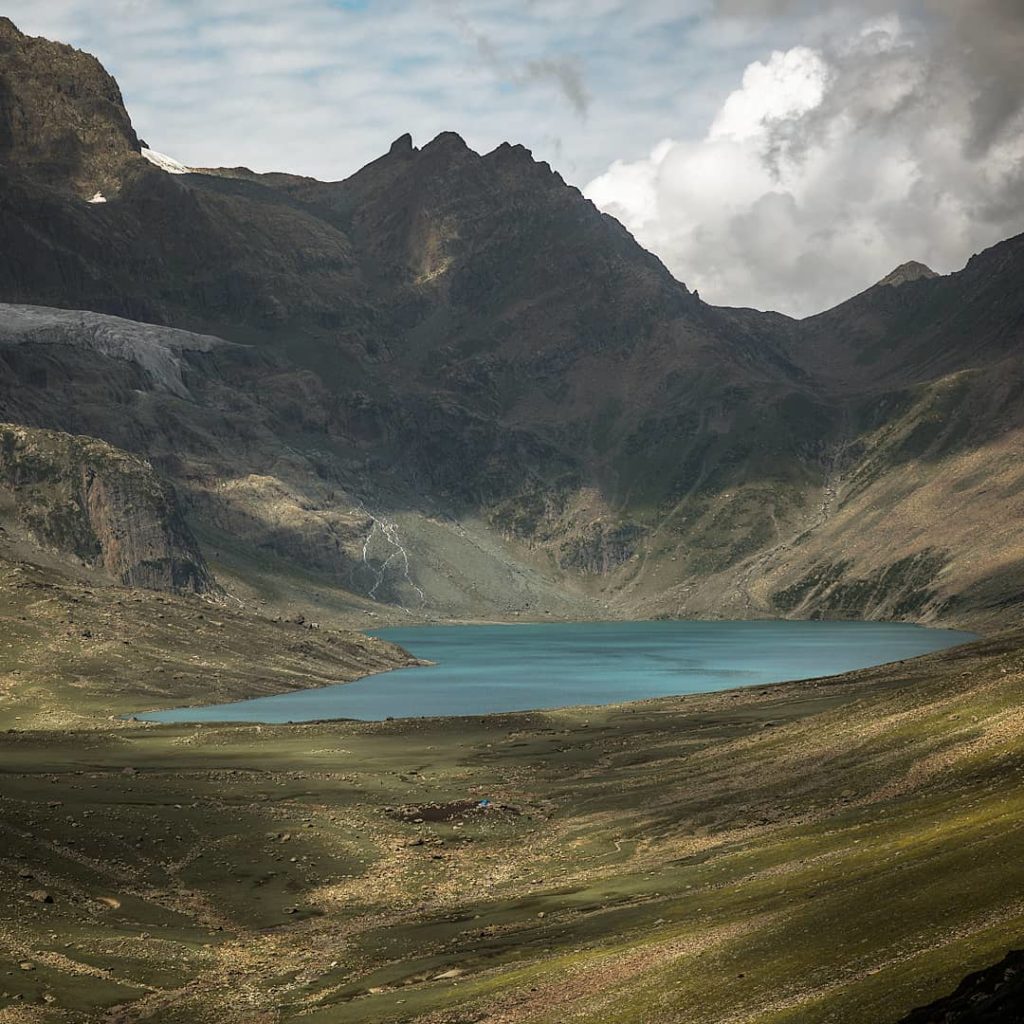
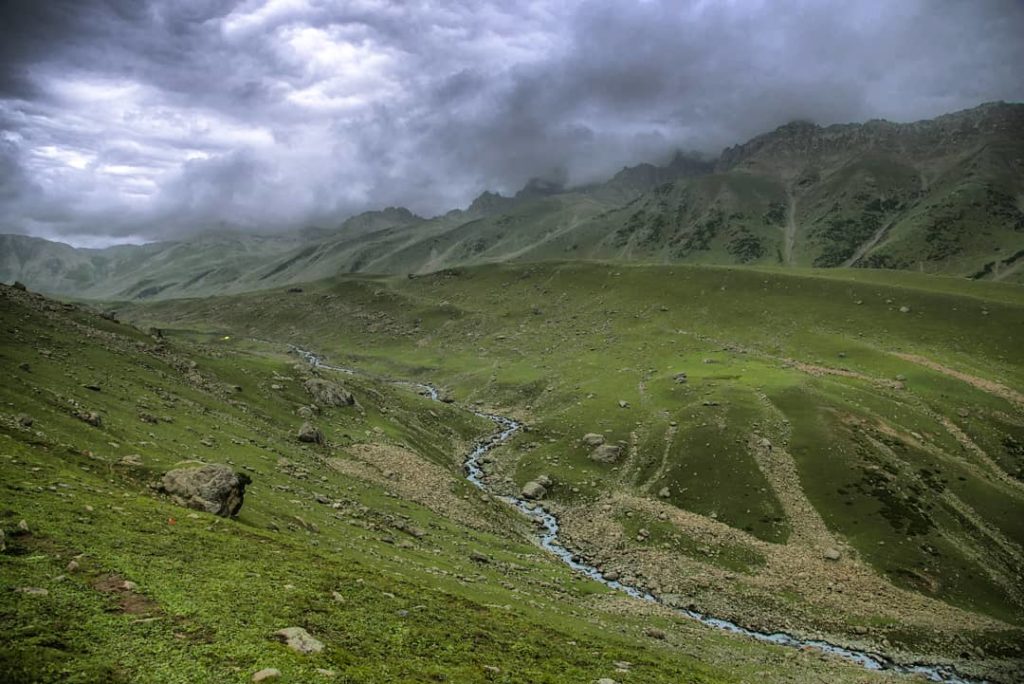
How do you plan: This is a very important element of this trek. Kashmir continues to be a sensitive area and hence all travelers need special permits. Additionally, it’s a 7 to 8 day trek so you need to carry your supplies and plan way in advance. So, in simple words, this is not a trek that you can do without a guide or a set of porters. Hence, the easiest way to overcome this is to do a trek with a group.
There are several agencies that organize this trek, but we have never been in favour of organizations like these who are capitalizing and commercializing the Himalayas. So, our suggestion would be to go through a local agency, based out of Kashmir. We have the name of one such agency in mind but for that you will have to write us an email. The agency was so good, that it took the trek to one new level. Awesome food, awesome stay, and awesome conversations. This is what they added into our itinerary. Additionally, we tweaked our requirements to have only two people in our group and they obliged with a smile.
How to prepare for the trek: There is not much to prepare here. For a couple of months before the trek, start jogging for an hour a day and you would be perfect. The longest days would be around 12 kms. But its only the days when you cross each of the three passes, that you may find a little difficult. To give you some confidence, my friend did this trek with a 23 kg backpack, so without a backpack, its going to be quite smooth.
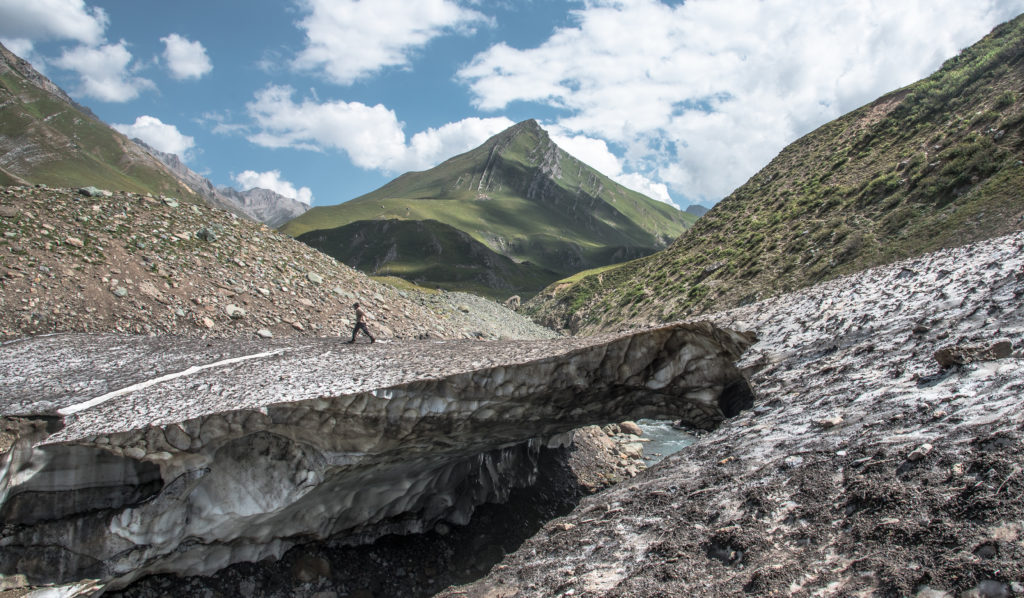
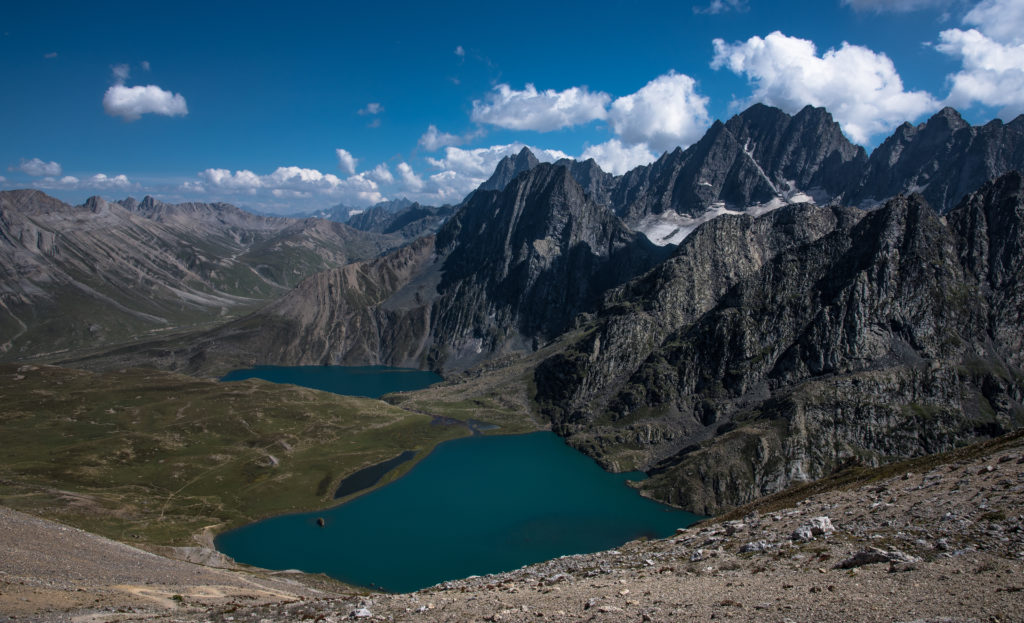
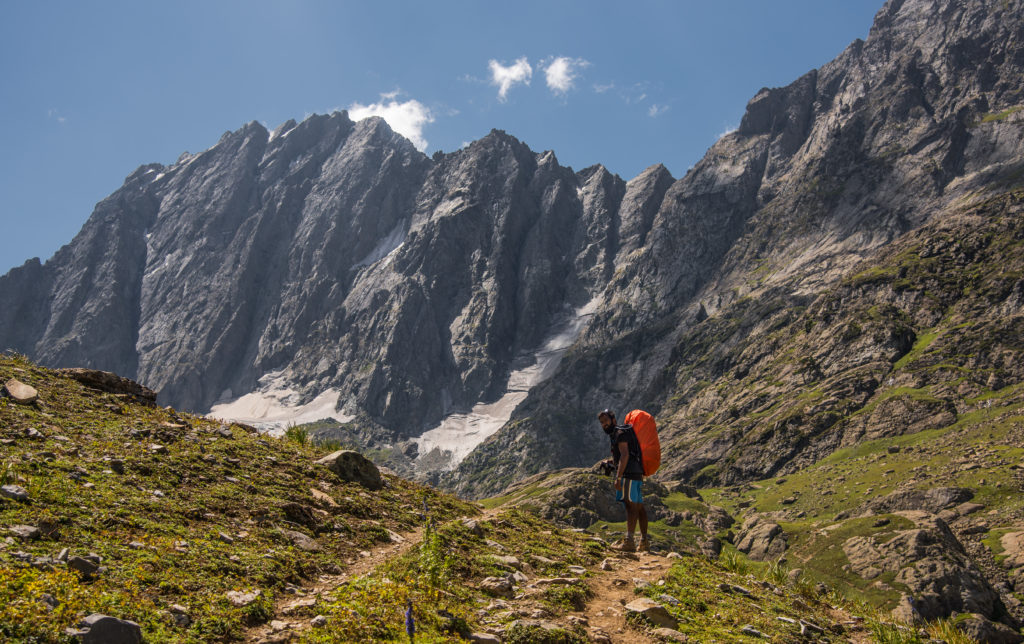
Other useful information and tips:
- The highest point of the trek is 13,800 feet, and it sure is one of the prettiest points of the trek. Carry medicines for emergency situations.
- Kashmir is a sensitive area so keep all permits with extra copies. Also keep your ID cards and their copies handy.
- During the trek, start your days super early, latest by 6 a.m. Some of the days are very long, and if you start early you get a lot of time on the campsites. These campsites are out of the world, and nothing like getting the full afternoon, evening, and nights in each one of these sites. Additionally, a few people even keep an extra day to stay at sites such as Ganderbal or Kishensar.
- If you are starting the trek from Naranag, be sure to visit Dhumail gaon and the temples of Shaivism. Both these places are magnificent.
- Through the trek you would meet nomads who take care of other peoples sheep during the rearing season. Sit down with them and talk to them. They are amazing people and they will tell you a lot about the trek which the larger agencies will not be able to.
- There are certain days of the trek that can be combined. For instance, some people go from Naranag to Ganderbal or Vishensar to Sonmarg in the same. This way you can even complete the trek in 5 days or spend a couple of days lazing around at the campsite. If you guys think the trek is easy for you, you should combine days for the later reason. There are several places that can be explored near the campsites, and there are several lesser known lakes too.
- Srinagar may see bandhs. It wont hurt to keep a day extra. If there is no bandh, there is plenty to see in Srinagar.
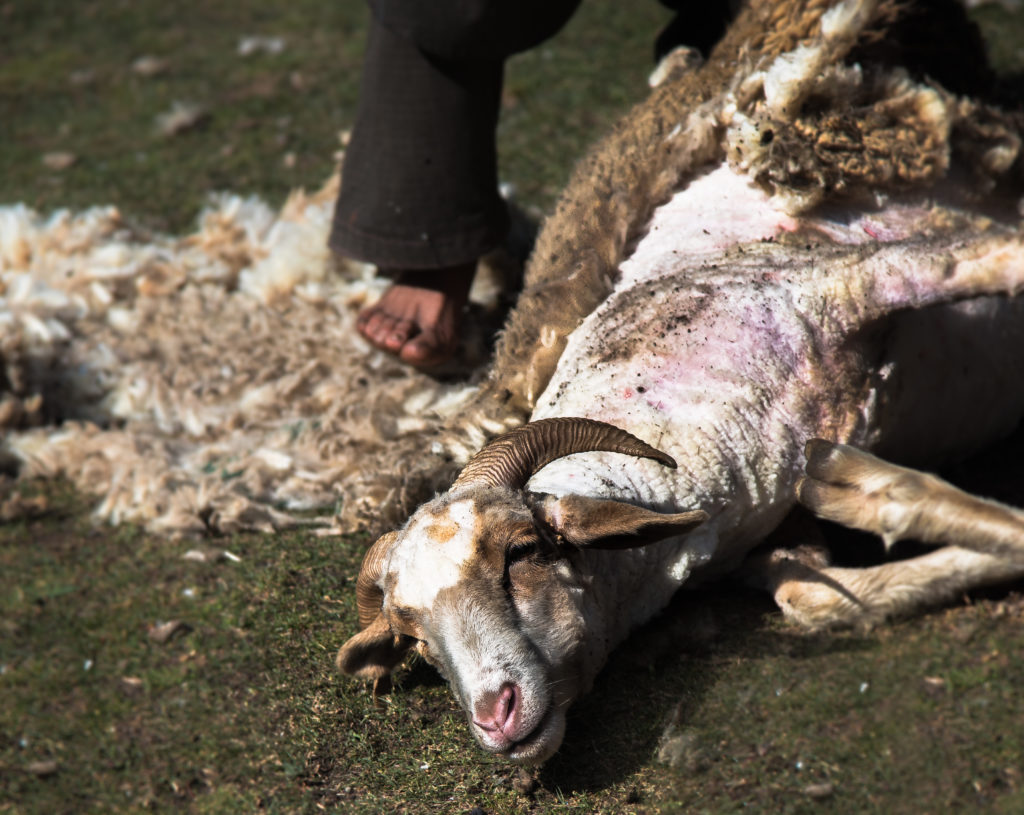
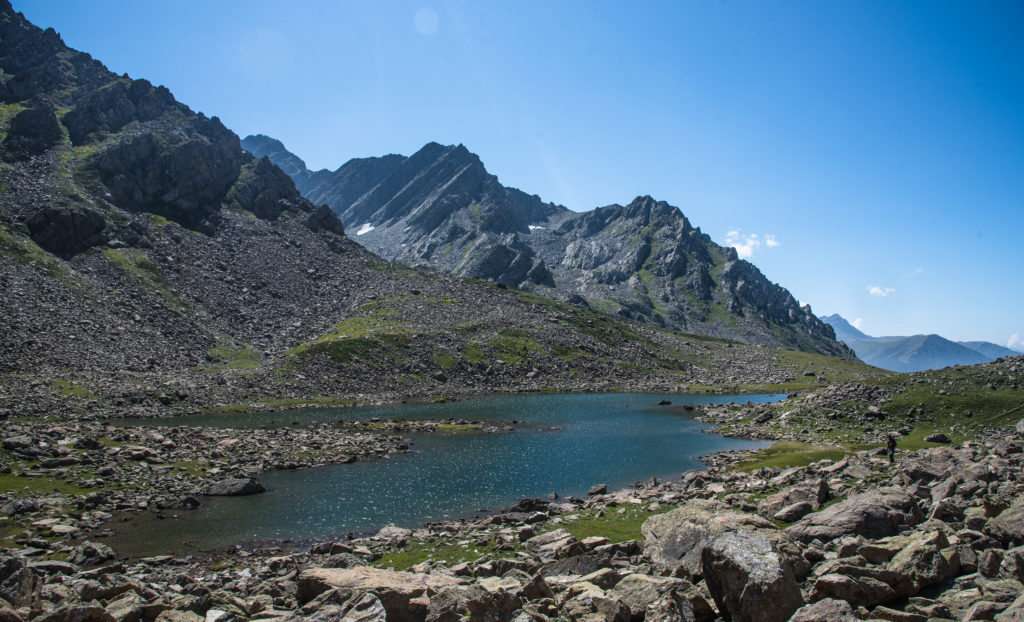
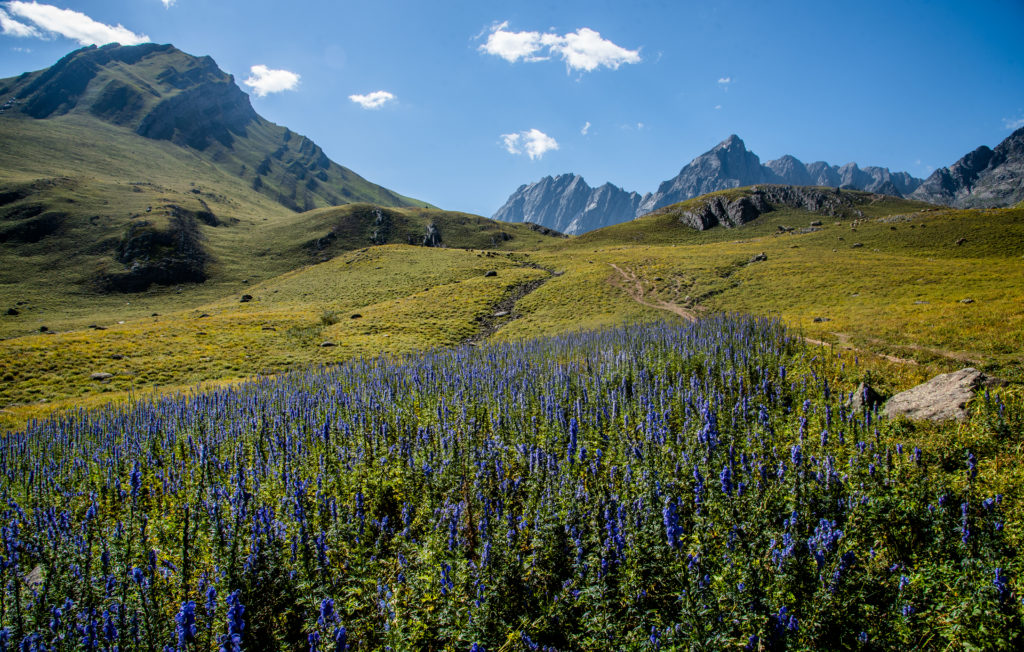
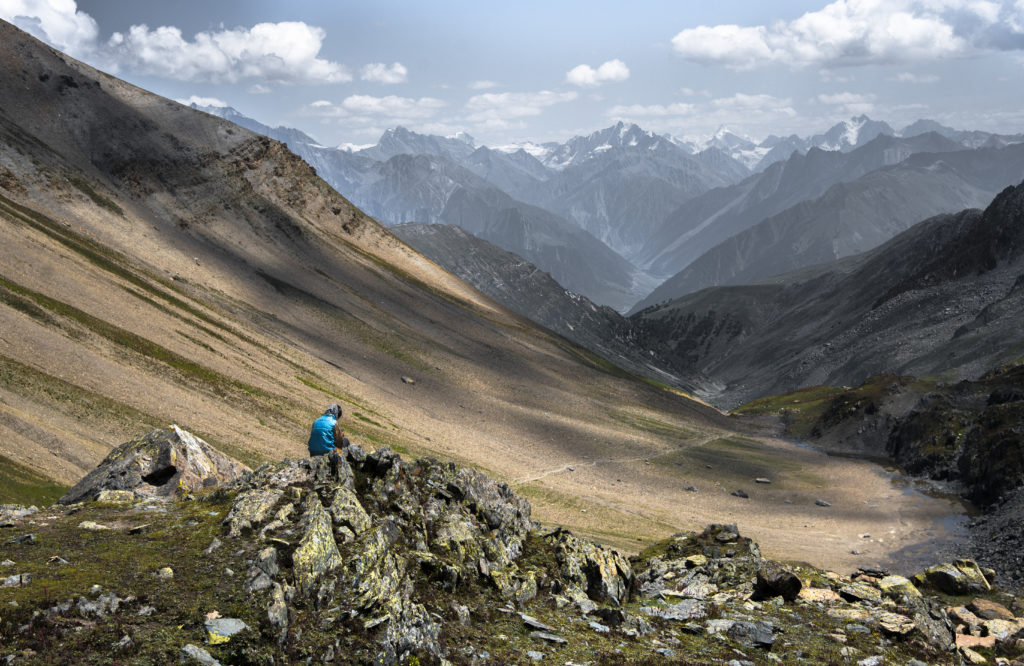
For more photographs and information from the Great Lakes check us out on Instagram.

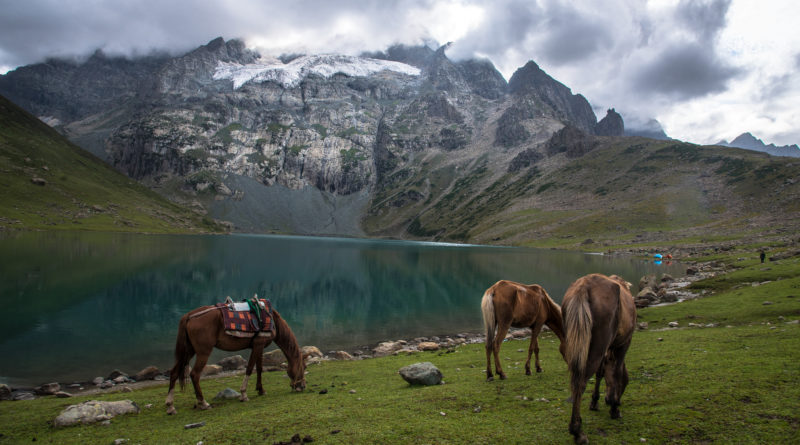

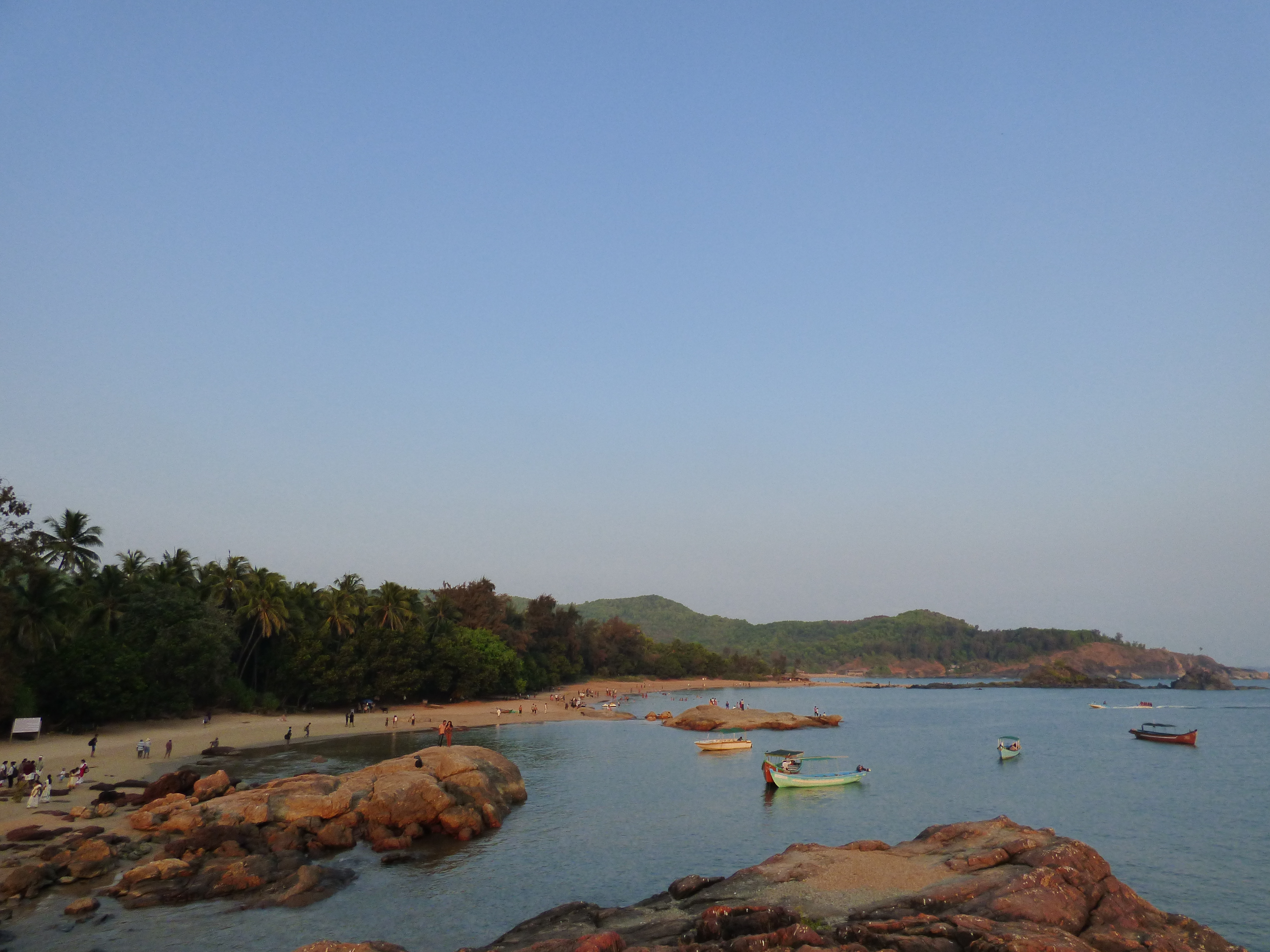

Comments are closed.